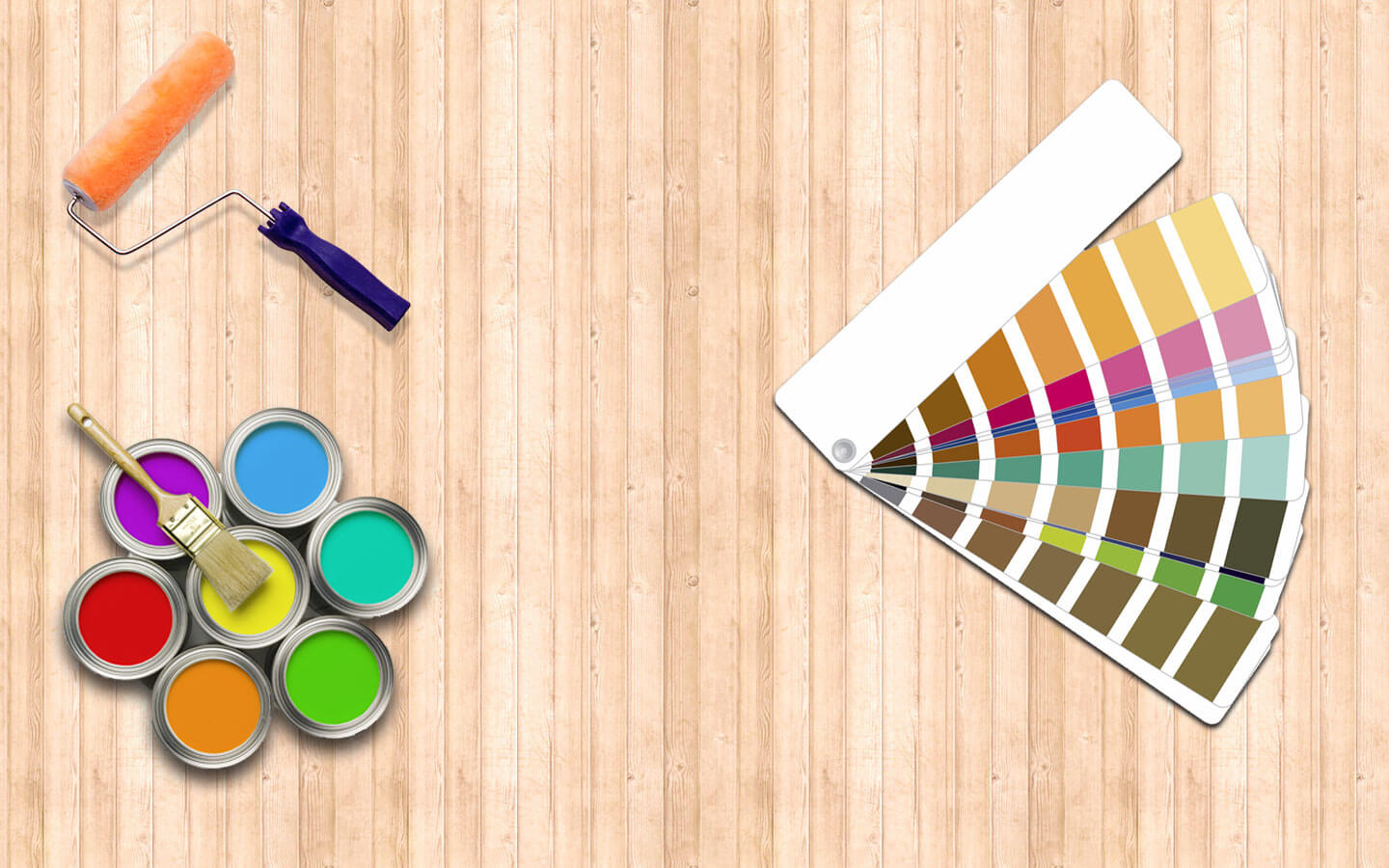Exterior Stucco Paint vs Interior Paint
 A question that comes up a lot is; What is the difference between exterior paints and interior paints? And, why can’t I use the same paint for both projects? A few decades ago the answers would have been not much difference and I see no reason why you couldn’t. But with advancements in the chemistry of paint, the products have pulled away from each to become specialty products. So if you are painting exterior stucco or any interior painting surface, you will want to pay attention to what product your are using.
A question that comes up a lot is; What is the difference between exterior paints and interior paints? And, why can’t I use the same paint for both projects? A few decades ago the answers would have been not much difference and I see no reason why you couldn’t. But with advancements in the chemistry of paint, the products have pulled away from each to become specialty products. So if you are painting exterior stucco or any interior painting surface, you will want to pay attention to what product your are using.
Exterior paints are designed to be applied to stucco and other exterior surfaces with the intent to withstand sun, wind, water and mildew. This is done by increasing the amount of resin and pigment in the paint as well as using more resilient additives. With the added strength comes VOC, or volatile organic compounds, which outgas from paint. While the majority of these compounds outgas in the first 48 hours, small amounts will continue to outgas for years making it less ideal for interior work. Exterior paints can be applied to a variety of substrates simply by changing the sheen. For stucco and other masonry surfaces a flat sheen is best, this allows the stucco to ‘breath. When it rains the exterior of your house acts as a sponge absorbing small amounts of water. The flat paint allows the water to escape from stucco and brick without bubbling your paint. For wood trim, a low sheen paint gives it added protection from water to keep the wood from cracking due to repeated wet/dry cycles. For metal or high traffic areas a semi gloss is used. The semi gloss keeps water from getting in and makes it more abrasion resistant.
Interior paints are designed to withstand abrasion and to be low or zero VOC. Interior paints are designed to be more delicate than exterior paints because the occupy the same space as we do. By todays standards a Low VOC paint is has the same VOC levels as a Zero VOC paint from just 10 years ago. And the zero VOC paints of today, which still have minuet levels of VOCs, are the most gentle to date. One thing to note is zero VOC paint comes at a trade off. Low VOC paints have far superior abrasion resistance than zero VOC paints, so while its gentler on the air you have to be gentler on it. Which brings me to my next point, interior paints are designed to be scrubbed. The level of scrubbing is directly related to the level of gloss in the paint. Flat paints have the least ability to wash but are easiest to touch up. While high gloss has the best ability to wash but are the hardest to apply. In ‘dry’ areas of the home such as living and bedrooms a low sheen paint is a nice in between. And in ‘wet’ areas such as the kitchen and bathrooms a semi-gloss is ideal. Now a low sheen paint can be used in bathrooms and kitchens to maintain consistency throughout the home.
Some paints are both interior and exterior, these tend to be your middle of the line paints. One such paint we use quite a bit, is Dunn Edwards Versa series. The fact that it is an interior/exterior paint is clearly marked on the outside of the can, so if you are looking for a versatile product like this make sure to read the can. Whether you its exterior painting like stucco or interior painting like an accent wall, talk to a Phoenix painting contractor to get the right materials.





Can any of these paints be used for fine art purposes?
how lightfast are they? and how long do they usually last?